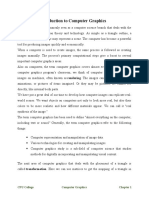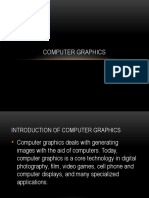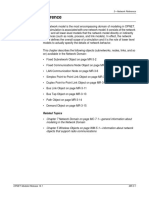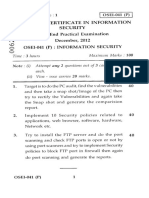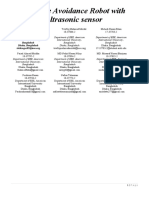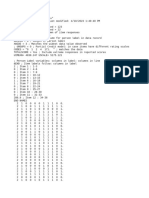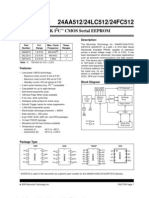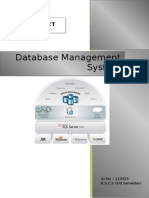0% found this document useful (0 votes)
9 views18 pagesLecture 1
Computer graphics (CG) involves the creation, storage, and manipulation of images using digital computers, widely applied in various fields such as science, medicine, and entertainment. It enhances communication by representing data visually through graphics objects like charts and diagrams, and allows for user interaction via input devices. Key advantages include high-quality displays, animation capabilities, and applications in user interfaces, design, simulation, and education.
Uploaded by
Parv AgrawalCopyright
© © All Rights Reserved
We take content rights seriously. If you suspect this is your content, claim it here.
Available Formats
Download as PDF, TXT or read online on Scribd
0% found this document useful (0 votes)
9 views18 pagesLecture 1
Computer graphics (CG) involves the creation, storage, and manipulation of images using digital computers, widely applied in various fields such as science, medicine, and entertainment. It enhances communication by representing data visually through graphics objects like charts and diagrams, and allows for user interaction via input devices. Key advantages include high-quality displays, animation capabilities, and applications in user interfaces, design, simulation, and education.
Uploaded by
Parv AgrawalCopyright
© © All Rights Reserved
We take content rights seriously. If you suspect this is your content, claim it here.
Available Formats
Download as PDF, TXT or read online on Scribd
/ 18




























